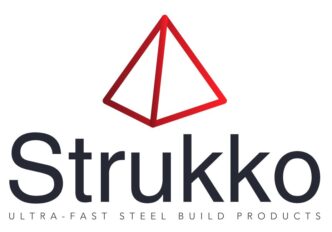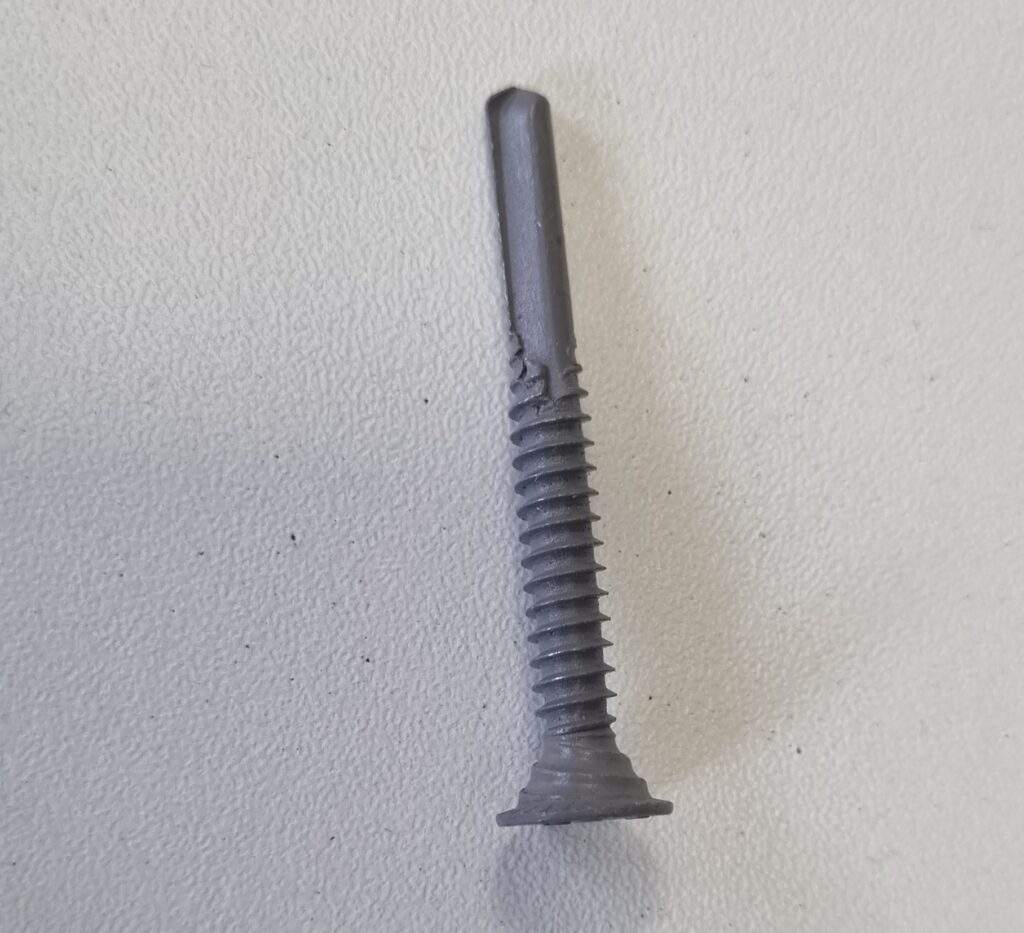In light gauge steel frame construction, the choice between rivets and screws depends on several factors, such as the application, load requirements, ease of installation, and structural needs. Here’s a comparison of the two options:
Screws
- Common Use: Self-drilling screws (tek screws) are most commonly used in light gauge steel framing.
- Advantages:
- Ease of Installation: Screws are easier and faster to install, especially with power tools, making them more efficient for site construction.
- Adjustability: Screws can be removed and adjusted if necessary, which provides flexibility during construction or for future modifications.
- Holding Power: They offer good holding power for non-structural and structural components.
- Cost-Effective: Screws are generally more cost-effective than rivets in light gauge steel construction.
- Disadvantages:
- Shear Strength: While screws perform well under tension, they have less shear strength than rivets. This could be a drawback in some structural applications.
Rivets
- Common Use: Rivets are used in some light gauge steel frame applications, but they are less common than screws.
- Advantages:
- Strength: Rivets generally provide superior shear strength compared to screws. This makes them more suitable for applications requiring strong, vibration-resistant joints.
- Permanence: Rivets create a more permanent connection, which can be beneficial for long-term durability in specific structural applications.
- Disadvantages:
- Installation: Rivets are more labour-intensive to install, often requiring specialized tools (e.g., rivet guns). This can make installation slower and more expensive.
- Non-Removable: Riveted joints are permanent and not adjustable, which can be a drawback if future changes or repairs are needed.
Conclusion
For most light gauge steel framing applications, screws are typically the best choice due to their ease of installation, adjustability, and cost-effectiveness. Rivets, however, might be preferable in scenarios where higher shear strength or a more permanent connection is required.
Screws are generally favoured for light gauge steel framing unless specific structural requirements demand the use of rivets.

